1948 JAP 2A stationary engine carefully restored
Posted by Chris Graham on 3rd July 2023
Steve Stuart recounts the story of buying his 1948 JAP 2A stationary engine and water pump set and the subsequent, careful restoration.

1948 JAP 2A stationary engine and water pump: The restored set-up.
At the end of summer last year I was able to purchase from three friends a JAP 2A engine, formerly used on a British Anzani Motor Hoe, together with a Godwin water pump in an unrestored condition. As soon as I saw it in their yard, it was evident that the all parts were there and together, and I just knew that I had to buy it. So, after just a few minutes, I was the proud new owner.
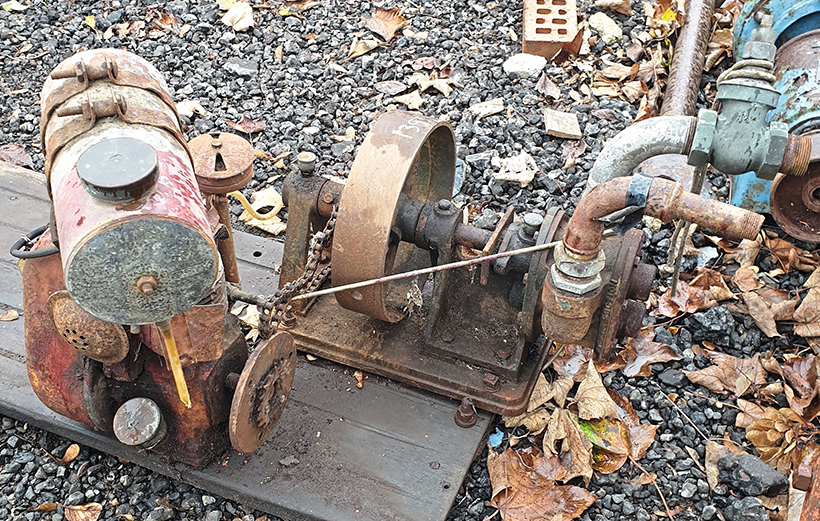
The JAP engine and Godwin pump as first seen.
A few days after getting it home I started the strip-down. The engine turned freely, but the Godwin – a gear-type pump – was stuck. I was hoping it was just a bit rusty inside and, after stripping, that proved to be the case. While cleaning the body of the pump I found a crack which ran from one side to the other (due, no doubt, to past frost-damage).

Another view of the engine and pump.
This was duly repaired using a brass plate and set-screws, plus JB Weld. I also drilled and tapped the end shafts and fitted grease nipples as, for some reason, only two of them were fitted. When it came to the painting and reassembly, this was all very straightforward.
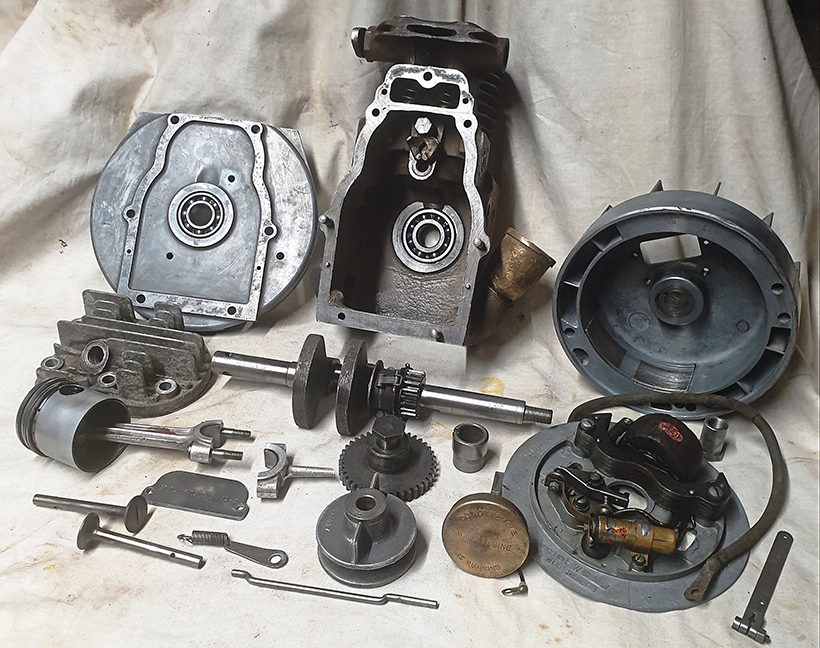
Here we see the engine totally stripped down.
I then turned my attention to the engine; it was totally stripped and then all the components were cleaned and given a close inspection; luckily no faults were found. I did, however, change the sump over to a conventional 2A sump, as this has outside fixing holes whereas the original sump was tapped for bolts to fix it to the Anzani motor hoe on which it was originally attached.

The engine serial number.
The usual drive from engine to pump was a bicycle chain and sprockets, but where the loose pulley went is anybody’s guess; most likely it had broken. Unfortunately, the larger of the two sprockets was quite worn, so I had to fit a sprocket that was salvaged from an old mower. After making a new trolley and some new plumbing, it was time to fire it up; a few pulls on the rope and away it went, and water was flowing.
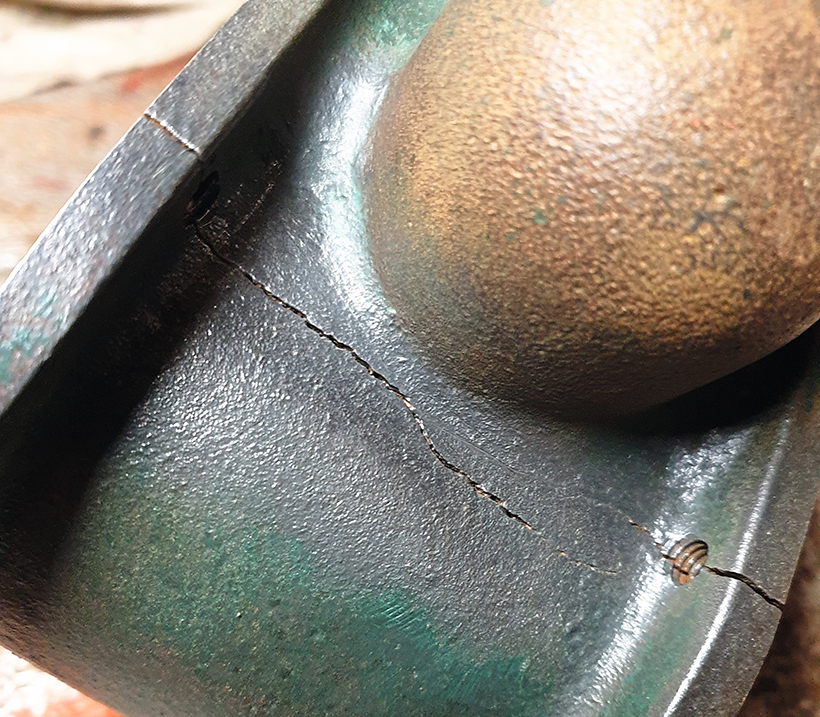
The pump body had a nasty crack. It was repaired using a brass plate, set-screws and JB Weld.
The engine is dated 1948. I can only hazard a guess that the engine shared duties between the motor in winter and the water pump work in the summer months. It will probably accompany me to the odd rally or two this year.
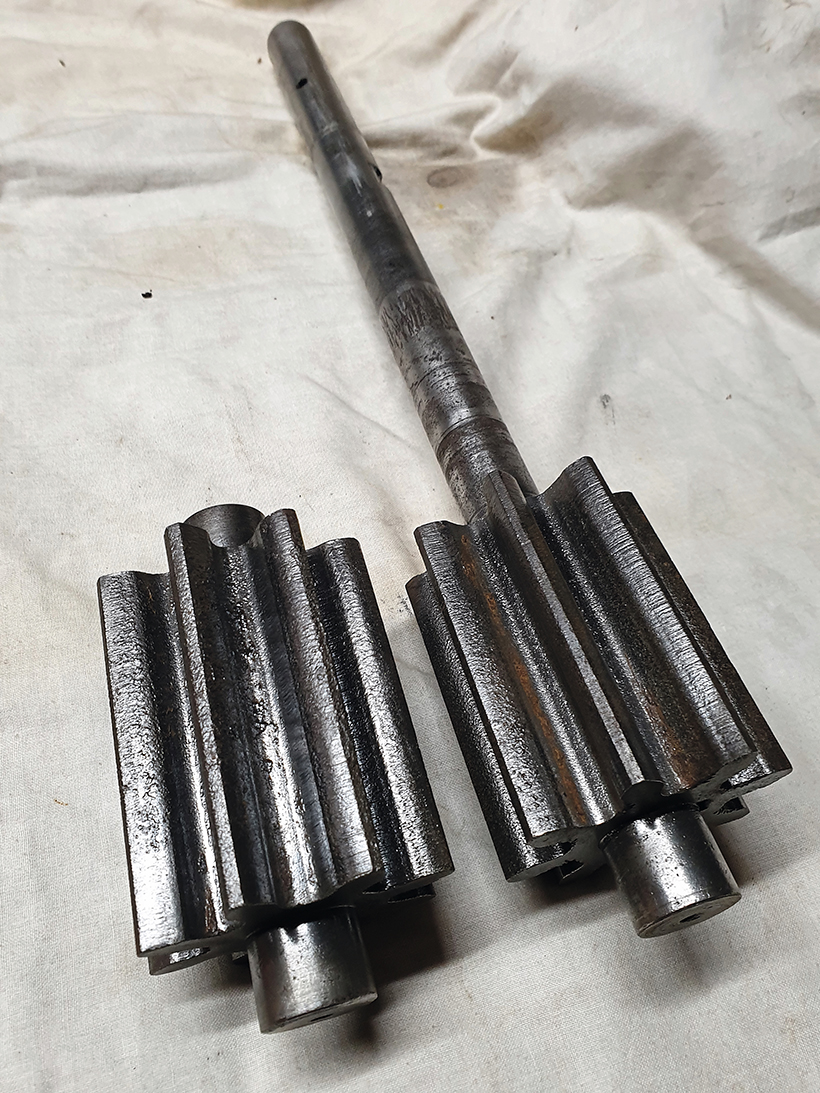
The restored pump rotors.

The restored set-up, viewed from the pump end.
The feature comes from the latest issue of Stationary Engine, and you can get a money-saving subscription to this magazine simply by clicking HERE
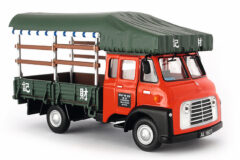
Previous Post
Shelf-sized classics of Commer and Karrier vans
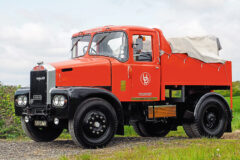
Next Post
1964 Scammell Highwayman restored over eight years



